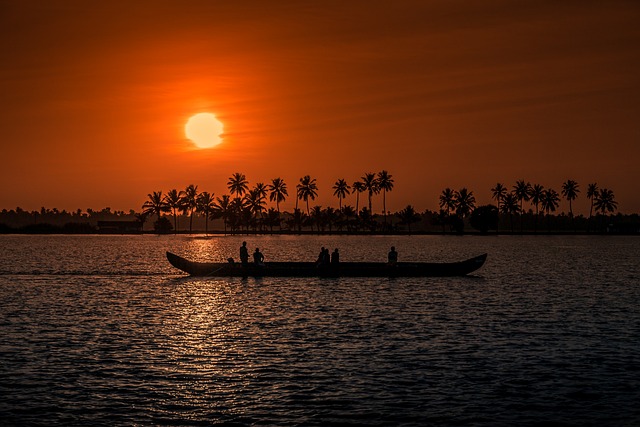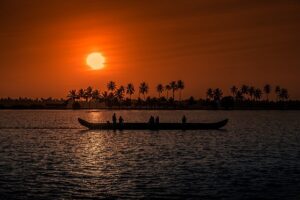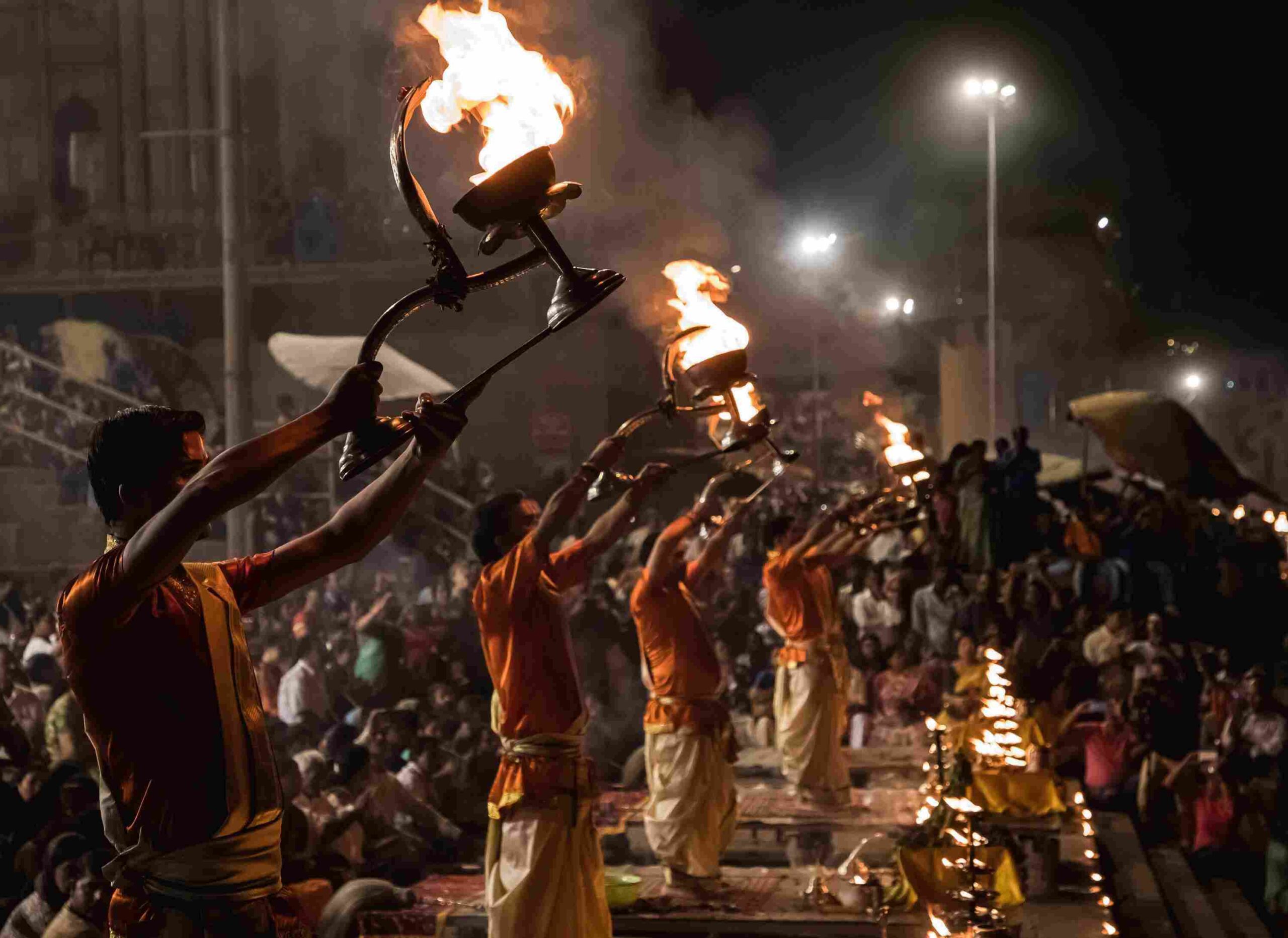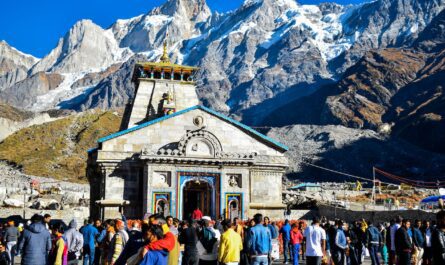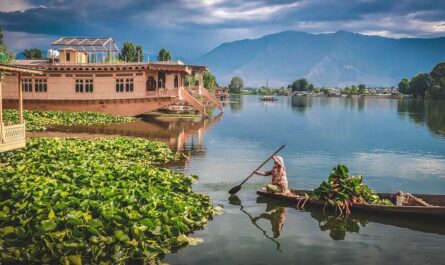Kerala visit in 2023
I started my trip to India from Varanasi and came to Kerala, far away from Varanasi. Maybe Kerala winds brought me here. India is a beautiful place, wherever you go, you will not feel like coming back. In this ” Kerala visit in 2023” blog, we will try to know every aspect of Kerala and I will try to inform you of everything according to my traveling experience. I tried to visit all the places in Kerala in 10 days and I went where I wanted to go. I have been to those beautiful places in Kerala and I have spent my time in those beautiful places. This is a very breathtaking place in Kerala. Perhaps you too will love Kerala as much as I do, so let’s begin this lovely adventure story I am about to tell in this “Kerala visit in 2023” blog, so travelers should buckle up their seat belts as this beautiful story has begun.
You will get to read all these things in this story..
- Key aspects in the history of Kerala
- Kerala visit in 2023
- Kerala’s Contributions in the fields of Calculus & Astronomy
- Possible Transmission of knowledge from Kerala to Europe
- Why is Kerala famous?
- Best time to visit Kerala?
- Best Food?
- How many days is sufficient for traveling to Kerala?
- Kerala Itinerary?
- How can I go to Kerala?
- Travelling budget?
- Very important, How can I follow your Blog?
So let’s see a little history of Kerala.
- Parashurama Kshetram, Kerala.
According to Bhagwat Purana and many other scriptures, it was sage Parashurama who started his civilization here in Kerala thousands of years ago, in Kerala as a civilization has been very special in many facets for instance color repair 2, it’s one of the oldest martial arts known in the world and is indigenous to karela and is still being practiced today and Parashurama is the founder of kaleri pai 2.
Also, the brahminical and ritualistic aspects of the culture of Kerala were established in a very different manner by Parashurama. The Vedic culture and heritage of Kerala are very different from the rest of the parts of Bharat and it’s very interesting. we’ll see more about this as we proceed and also we all know how popular Kerala’s ayurvedic cultural heritage is. All in all, Kerala is very well known in ancient Indian scriptures as Parashurama kshetra. which means the land of Parashurama in Kerala has a centuries-old rich heritage in many fields like gallery paid to Ayurveda Vedanga Jyotish and a lot more that’s the first point about the history of Kerala.
- Kerala & Commerce in Ancient World.
And moving on to the second point, Kerala played an incredibly important role in commerce, in the ancient world we read in school that Vasco da Gama discovered the sea route to India. Well this is the dumbest thing I learned as a kid, he documented his first voyage experiences in a magazine where he plotted the whole sea route how he did from Lisbon in Portugal to Calicut in India traveled and he explicitly authorizes that the provider in Vasco da Gama with the help of an African king’s pilot he can reach India,
He himself never wrote that he discovered the sea anyway the route to India is the reason That I said it’s the most stupid thing we learned in our school that Vasco da Gama discovered the sea route to India. anyways the point here is he lands in Calicut or what we know today is cozy code, it’s a short city in Kerala.
What’s important for us is in this journal Vasco da Gama rights that during those times the trade routes via sea routes between Africa and India well established and he could manage to reach India, through that well established trade route and at those times Kerala was one of the most important hubs for this trade route by sea and the role of karela does trade hub is not just from the times of Vasco da Gama, dates back thousands of years even before that,
So for instance the roman traveller pliny or the Greek traveller ptolemy of the times of 100 ce, we are talking almost 2000 years ago even in their writings karela was mentioned as one of the important trade hubs in the east and if we explore the well chronicled spice route and the silk route, There will be able to clearly see that Kerala has been a hub in the east on the spice room that is very well connected to West Asia Africa and europe this is very interesting tabular putting Ariana,
It is a 2000 years old map of the whole world showing the road networks and the sea routes created by the Romans during their times this was documented almost in 79-80 almost like 2000 years ago from now and this map towards the right most what’s towards the east there is a place called muziris. we don’t know what name it is called today but it happens to be a place on the Malabar coast, which essentially is a very important trade hub that shows how important was Malabar coast in ancient times and by extension Kerala.
- Kerala & Thomas the Apostle.
Now I’m moving on to point number 3, another most important aspect in the history of Kerala. Lord Jesus Christ had 12 disciples or apostles, and 12 students during his times in almost all of these 12 apostles lived by Lord Jesus Christ, throughout his life and one of those 12 was Saint Thomas and we can see in the Last Supper all the 12 disciples painted by Leonardo da Vinci. So it is believed that Saint Thomas arrived in Kerala or on the Malabar coast 1800 to 2000 years ago to spread the gospels . So the point for us here is the Malabar coast and especially karela has centuries-old rich culture and heritage of Christianity and by extension.
- Transmission of Hindu Numerals.
The 4th and last point about Kerala’s history is because of the centuries-old rich culture and heritage of the Syrian Christians that have been residing in Kerala and due to the trade links from Kerala towards West Asia Kerala also acted as a portal for knowledge transfer from India towards the world,
Severus Sebokht a Syrian scholar and a Bishop of the Syrian Orthodox Church use the first one to introduce the Hindu numeral system to West Asia. which eventually got propagated towards Europe in the whole world, what using today the Hindu numeral system in the transmission of the Hindu numeral system by Severus Sebokht towards syria is through the trade links that the Malabar coast had with the west asia, So the point for us here is the Malabar coast acted as a portal for knowledge transfer in the ancient times,
So we zoom out and see the main point here for us is karela has thousands of years of ancient Vedic culture, rich heritage hub for trade and commerce in the ancient world and has been multi-religious and multicultural place and most importantly also acted as a portal for knowledge transfer due to the heavy trade transactions that happened via this coast, there could be a lot of other historical aspects about Kerala but we just picked up the ones which are relevant for us to understand the evolution of calculus and transmission of calculus as a branch of knowledge from Bharat so in that context these 4 aspects are very important for us to understand so let’s move on..
These were some stories written in the pages of history about Kerala.
Now, let’s start the story of traveling in Kerala.
-
Best time to visit Kerala.
September to March is the best time to visit Kerala.
-
How to come here?
There is a cochin international airport, So if you want to come by flight this is an easy way to come here.
There is also a railway station in Kochi known as Ernakulam Railway station. And train directly coming here from all major railway stations in India like – Delhi, Mumbai, Chennai, Howrah, Ahmedabad, Hyderabad, and Bengaluru.
If your train not coming directly then you can come by changing the train.
-
10 Days are sufficient for traveling to Kerala.
Let’s start.
You are thinking it’s very long but I told you it’s not enough for karela even 1 month is not enough for Kerala but you can cover many important places in 10 days and you can put your days according to your time and days.
- On day 1, you will be in Kochi so you will visit the place of Kochi you can visit fort Kochi, Marine drive and if you want to enjoy the beach then you can go to Cherai beach, in the evening time you can visit local markets and you will stay here in Kochi.
- On day 2, you will go from Kochi to Munnar distance from Kochi to Munnar is 130 kilometers and it will take around 4 to 5 hours,
So, leave Kochi for Munnar in the early morning like 5-6 AM, And you will reach at 11:00 AM, Then you can visit Munnar tea garden, Parks and Markets. This will be your day 2 plan and you will be staying in Munnar.
- Now talking about day 3, Today you will go Munnar sightseeing, You can visit Pothamedu viewpoint, Mattupetty Dam, Blossom international park and Tata tea garden, and many more places. which is the foremost reason for places to See Kerala.
Book a car for sightseeing and its costs around 1500 For Munnar sightseeing.
This will be your day 3 plan and you will be staying in Munnar.
- Now talk about day 4, On day 4 you will go from Munnar to Thekkady, It will take around 3 hours from Munnar to Thekkady and the distance is around 90 kilometers, After reaching Thekkady, You can visit the spice garden, Local market, and some sightseeing. which is the foremost reason for places to See Kerala.
This will be your day 4 plan.
- On day 5, You will go to Periyar National Park of Thekkady. You can explore in rupees 2000 for 2 people but it does not include activities. you can enjoy activities like elephant rides, bamboo rafting, boat ride, etc. These activities have separate costs if you are enjoying bamboo rafting then it costs around 1500 per person and Your full-day spend here.
- On day 6, You will go from Thekkady to Thiruvananthapuram with and distance of around 200 kilometers and it will take around 6-7 hours to reach Thiruvananthapuram. So you will reach noon and you will not able to visit any place so you can visit temples and markets.
- Now talking about day 7, On day 7 you live in Thiruvananthapuram and you can visit the lighthouse, and Kovalam beach, these are beautiful places. You can also visit much sightseeing.
- Now talking about day 8, On day 8 you will go from Thiruvananthapuram to Alleppey, Alleppey is also known as Alappuzha. It will take 4-5 hours to reach Alleppey and Alleppey is 146 kilometers away from Thiruvananthapuram. After reaching Alleppey you can visit sunset point beach, some local places, and a market. you can stay here in a houseboat it cost around 5000 to 8000 per night for two people. So if you have a budget then you can stay in a houseboat, This is your day 8 plan. which is the foremost reason for places to See Kerala.
- On day 9, You can visit Alleppey beach, and Marari beach and after that, you can visit the lighthouse of Alleppey and some local sightseeing places, So it will be your day 9 plan.
- Day 10 will be your return from Alleppey to Kochi. The distance from Alleppey to Kochi is around 53 kilometers and it will take around 1-2 hours to reach Kochi.
This will be your total 10 days tour plan of Kerala. And you can visit many places during your journey. When you will go from Munnar to Thekkady you will use a car to reach Thekkady and for other cities, you can use a bus to reach your destination and I have given the timetable for the bus
-
Per person cost for 10 days in Indian Rupees.
- Hotel – 1000
- Meals – 3500
- Conveyance – 6350
Total per person cost for 10 day’s in Indian rupees 19850/-
It does not include entry fees for various tourist places and activities.
-
A small summary of the 10-day plan for Kerala.
Day-1 Kocchi
Day-2 Kocchi to Munnar
Day-3 Munnar
Day-4 Munnar to Thekkady
Day-5 Thekkady
Day- 6 Thekkady to Thiruvananthapuram
Day-7 Thiruvananthapuram
Day-8 Thiruvananthapuram to Alleppey
Day-9 Alleppey
Day-10 Alleppey to Kocchi
I wish everyone to explore this beautiful world and learn the things to make our world a better place to live. With this, if you enjoyed reading this blog, do comment and share it with your friends and family and keep following Nomad Rahgir..

